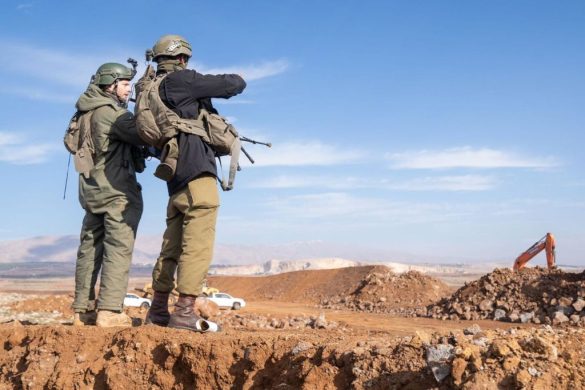As one of the world’s largest third-country resettlement processes started this week in Nepal, with over 10,000 Bhutanese refugees scheduled to be resettled in various Western countries by the end of 2008, Bhutan has disputed that all the refugees are in fact from Bhutan.
Sonam Tobgay, head of the policy division of the Bhutanese Foreign Ministry, told IRIN on 27 March:
– It is factually incorrect to term all the people in the camps in eastern Nepal Bhutanese. Bhutan cannot accept a blanket reference to all the people in the camps as being from Bhutan.
UVISHED OM OPRINDELSE
According to Tobgay, Bhutan and Nepal – in talks going back since 1993 – have agreed that there are four categories of people in the camps, including non-Bhutanese people.
– The lack of a screening procedure when the camps were first established in 1991 allowed persons of all antecedents (oprindelse, red.) to congregate in the camps.
The camps were opened by the government of Nepal, which sought UNHCR [UN Refugee Agency] assistance in 1991, when there were only 304 people claiming to be Bhutanese refugees, Tobgay said.
Tobgay said the problem of the people in the camps in eastern Nepal was not straightforward:
– It is a highly complex issue of illegal immigration, in a region marked by vast population movements, porous and open borders, poverty, environmental degradation and political instability.
But he added:
– Bhutan stands committed to finding a durable solution to the problem of the people in the camps in keeping with the agreements reached with the government of Nepal.
EN GAMMEL SAG
The refugees – part of some 107,000 in seven camps in eastern Nepal – fled Bhutan during the early 1990s after enforcement of a citizenship act adopted there in 1985 made life intolerable for people of Nepalese ethnicity.
According to the UNHCR, in 1985 the Bhutanese government established new eligibility requirements for citizenship that effectively deprived many ethnic Nepalis of their citizenship and civil rights.
For example, the government introduced measures to enforce rigidly the Druk (Druk are the Buddhist majority of Bhutan) dress code and forbid the use of Nepali in the educational curriculum.
Special permission was required for admission to schools and to sell cash crops.
DANMARK ER MED
Around 200 refugees will be resettled by the end of March.
Over 10,000 others would also leave the camps by the end of 2008 and be resettled in the USA, Canada, Australia, New Zealand, Denmark, the Netherlands and Norway, said UNHCR spokesperson Jennifer Pagonis.
Kilde: www.irinnews.org















